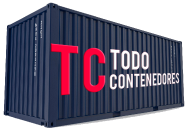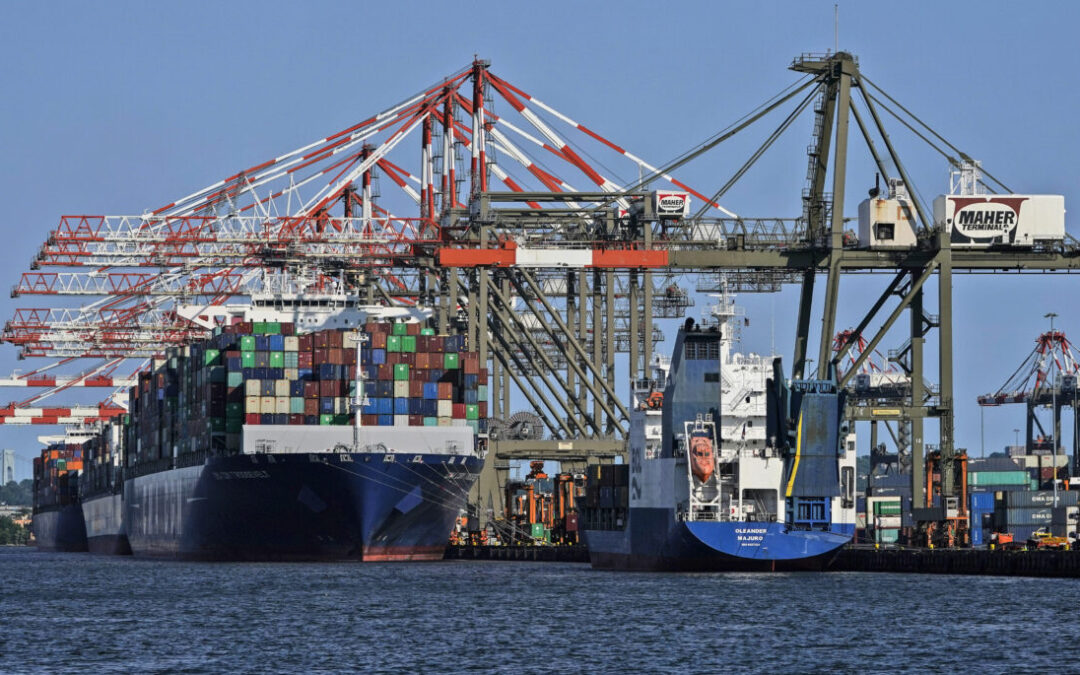Ahead of the expected busy peak season, the Port of New York and New Jersey will implement a container fee on any long-dwelling import or export containers. The goal of the tariff is to reduce an excess of empty containers dwelling at the port and free up space for container pickup. It includes both loaded and empty containers.
The quarterly container imbalance fee, announced Tuesday morning, will be effective as of September, pending a mandatory 30-day federal notice.
“The Port of New York and New Jersey are facing record import volumes, leading to empty containers accumulating in and around the port complex that are now affecting the regional supply chain that is already under stress from various sources across the country,” said Port Director Bethann Rooney. “We emphatically encourage ocean carriers to step up their efforts to evacuate empty containers quicker and at higher volumes to free up much-needed capacity for arriving imports in order to keep commerce moving through the port and the region.”
In addition to the tariff, the port is setting mandatory container export levels.
Under the new rules, ocean carriers’ total outgoing container volume must equal or exceed 110% of their incoming container volume during the same period. If they fail to achieve this, the ocean carriers will be charged $100 per container of imbalance. Rail volume is not included.

Container processing has increased by around 12% year to date at the port. The volume of containers has exceeded pre-pandemic levels by 34%. To keep up with the surge in empty containers and long-dwelling import containers, a 12-acre lot is being used. The East Coast’s largest port has been a port of choice for logistics managers who are circumventing the West Coast. Approximately 6.5% of the total April-June volume was rerouted from the West Coast. As a result, delays from China to the port are building, and Rooney wants to get the long-dwelling containers out to avoid additional delays.

American Shipper was told the port is implementing the tariff in September to get ahead of the holiday items expected to come in during peak season. At present, according to the CNBC Supply Chain Heat Map, while there is a buildup of vessels waiting to get into the port, the average time in processing imports is still smooth.

Full details on the tariff and what is considered “excess dwell” were posted on the port’s website.
Port officials tell American Shipper that the fee will be reassessed once the container crisis eases. A review by the agency’s board of commissioners is needed no later than September 2023.


Comentarios recientes